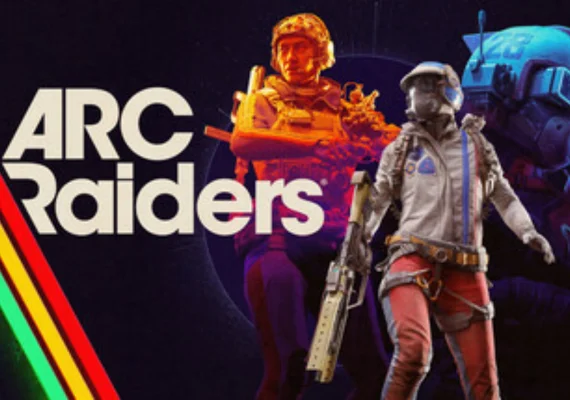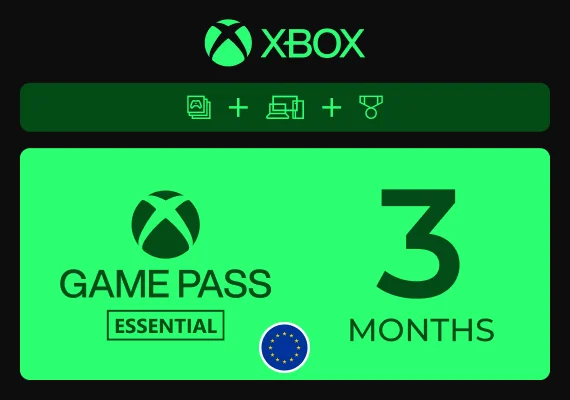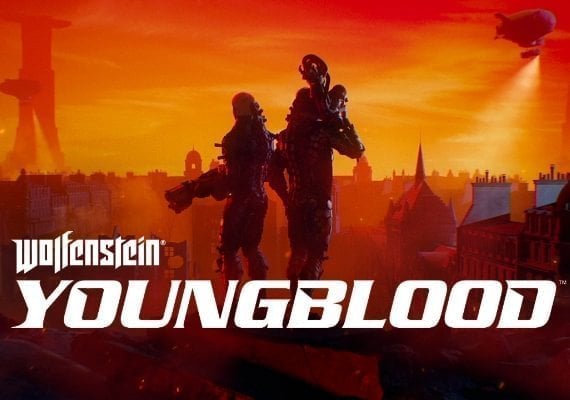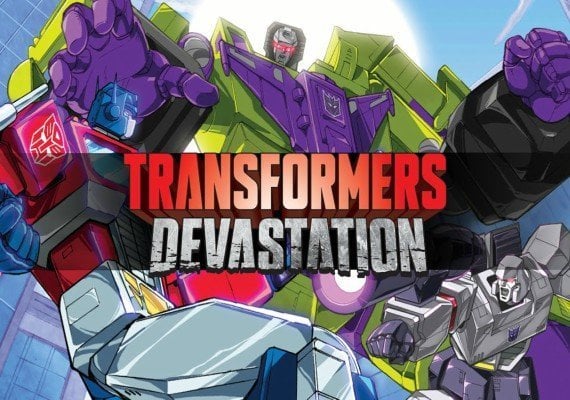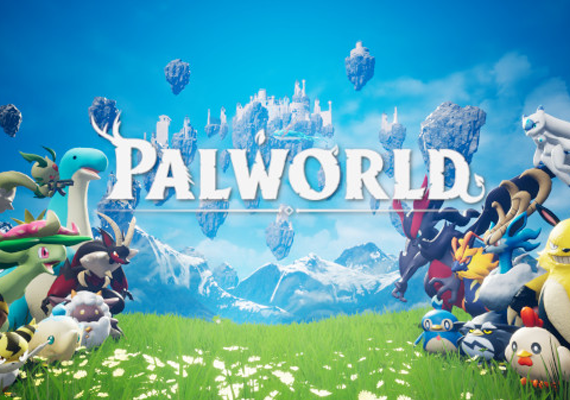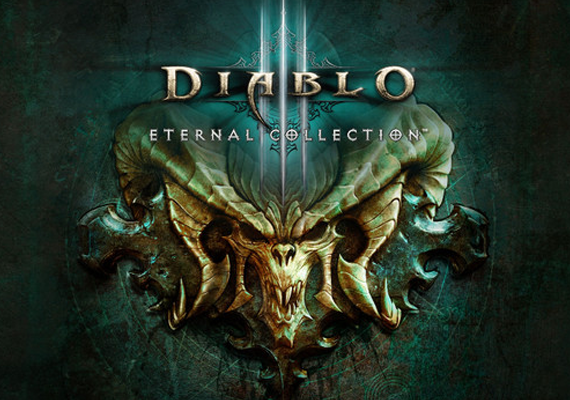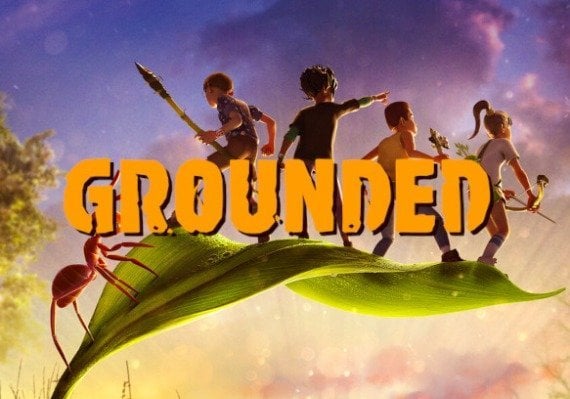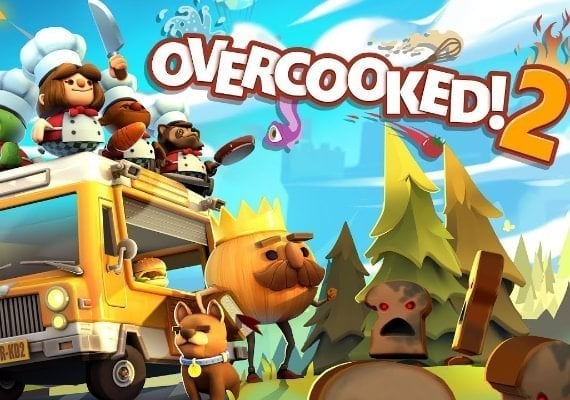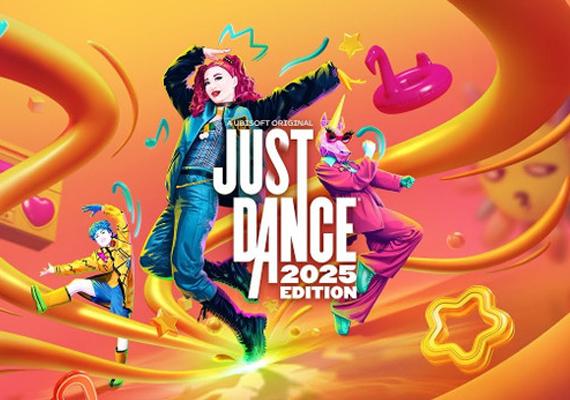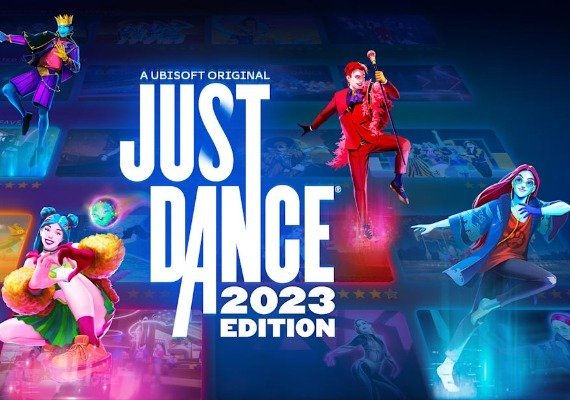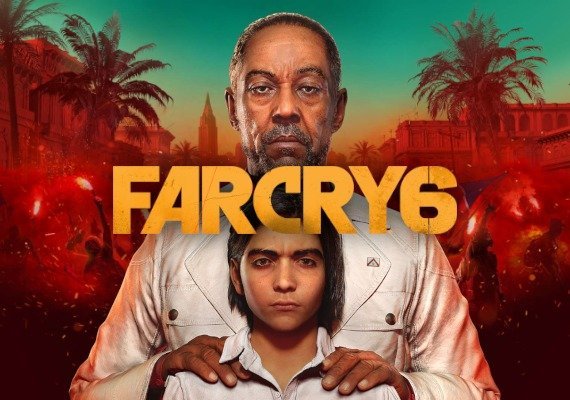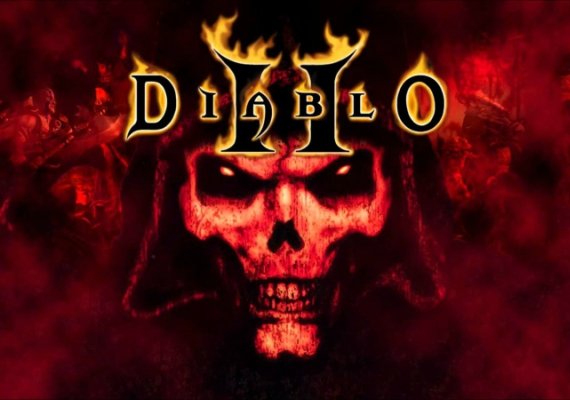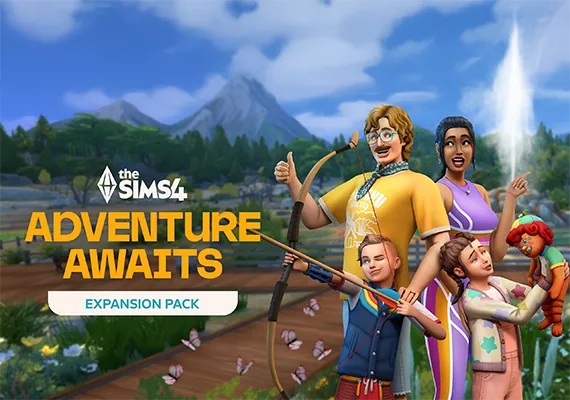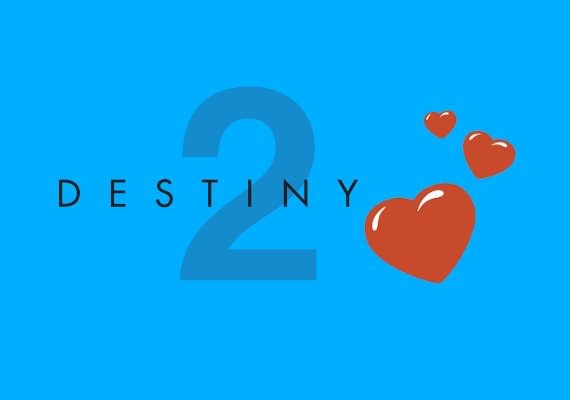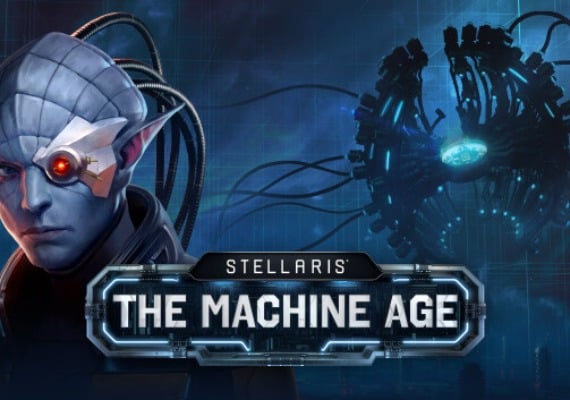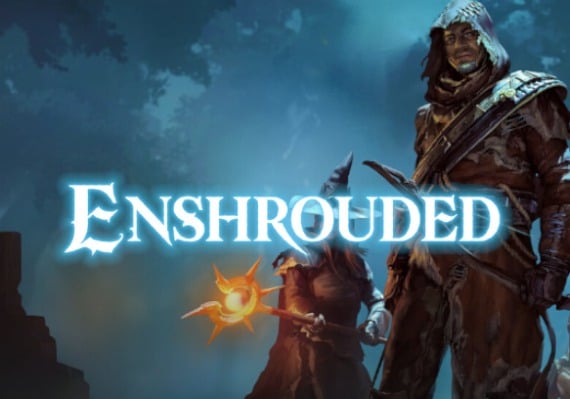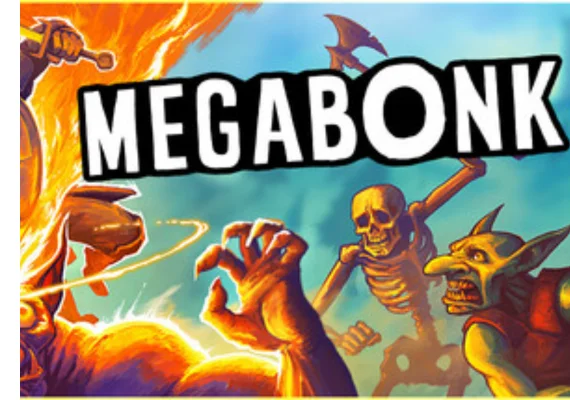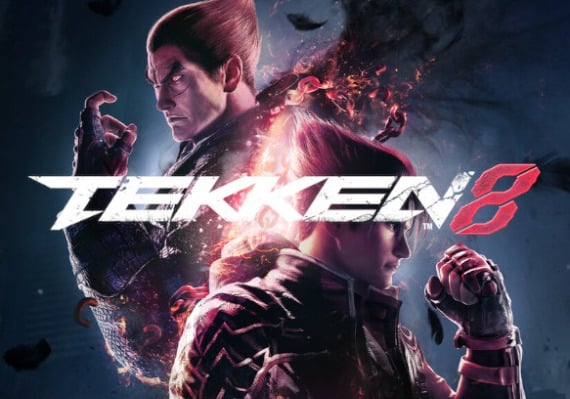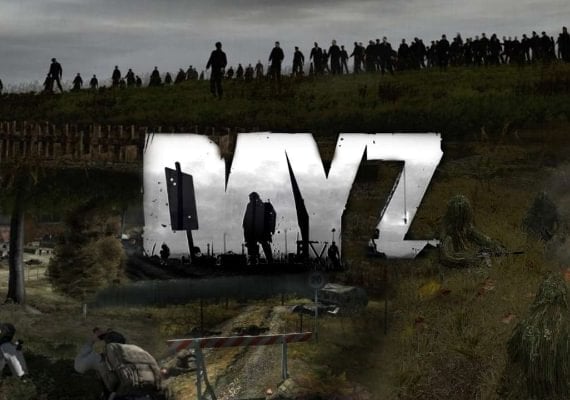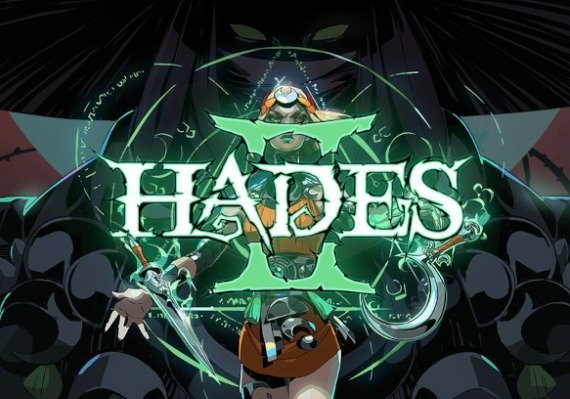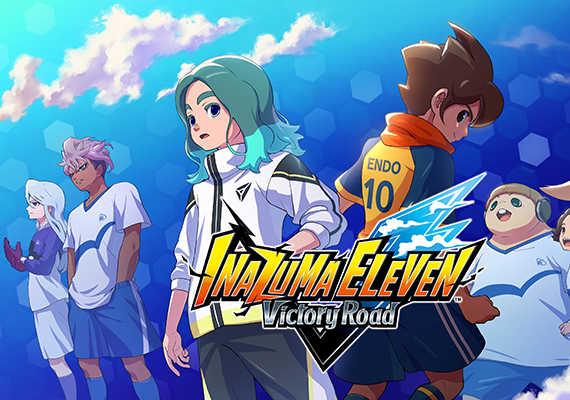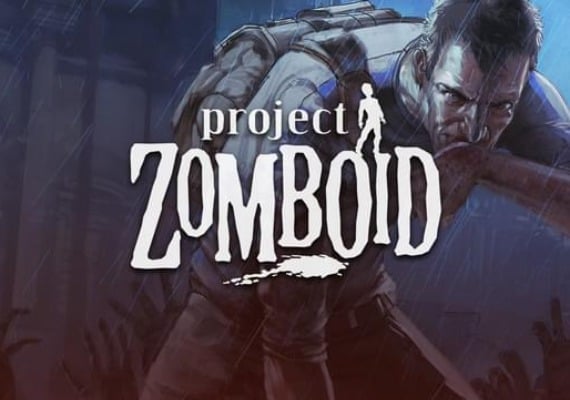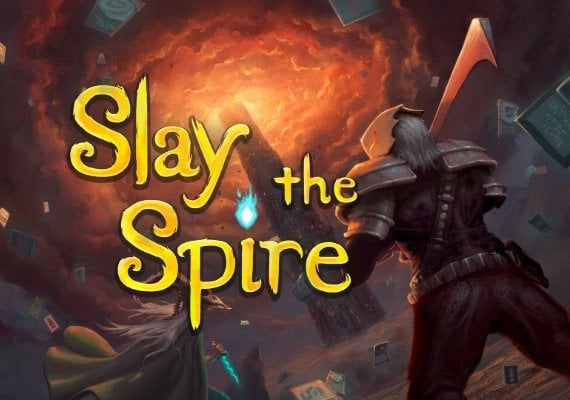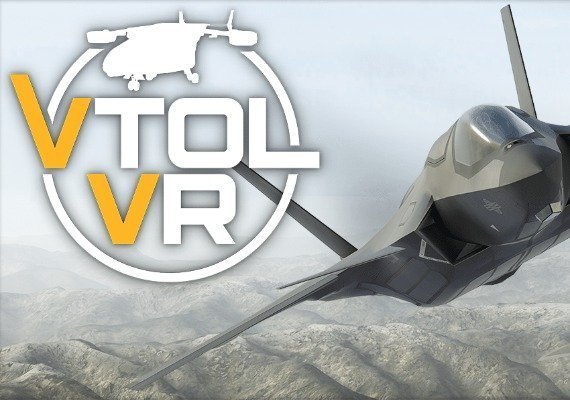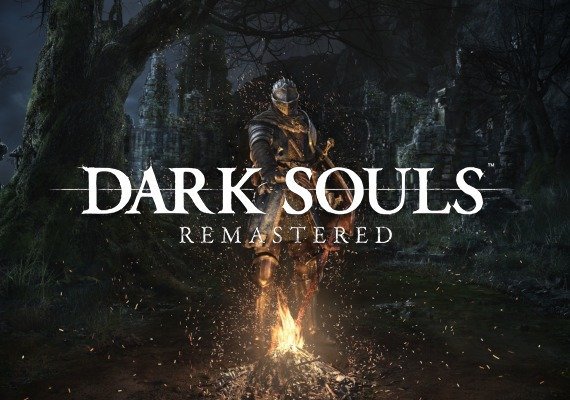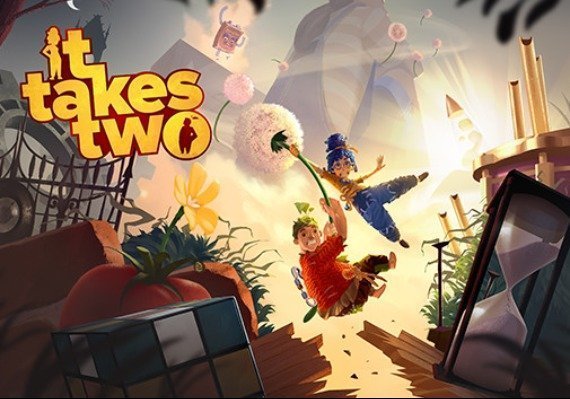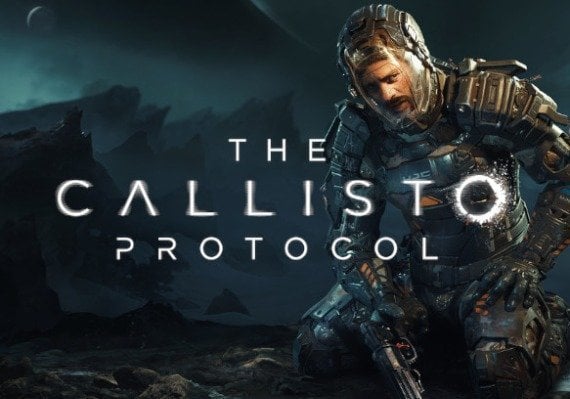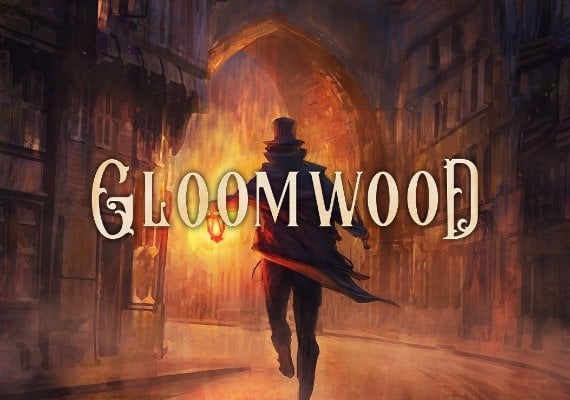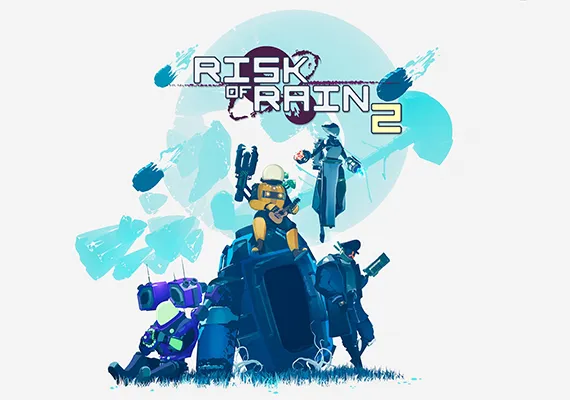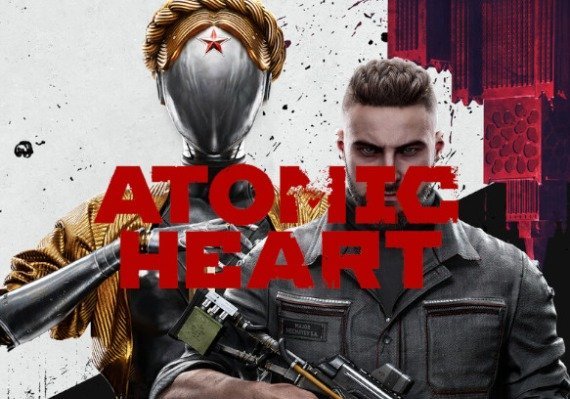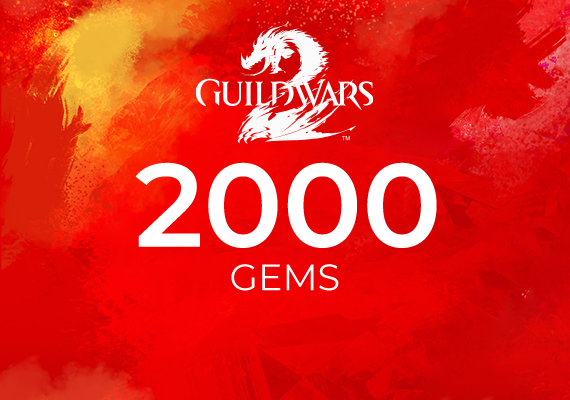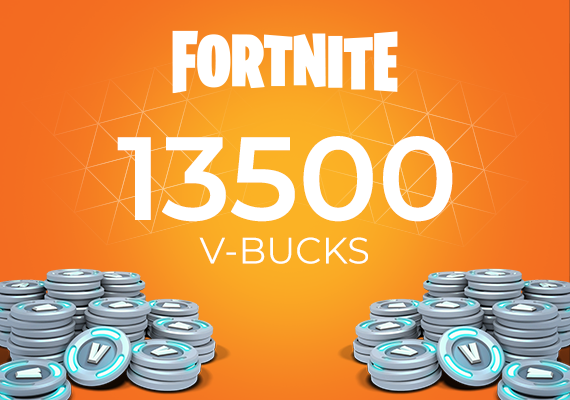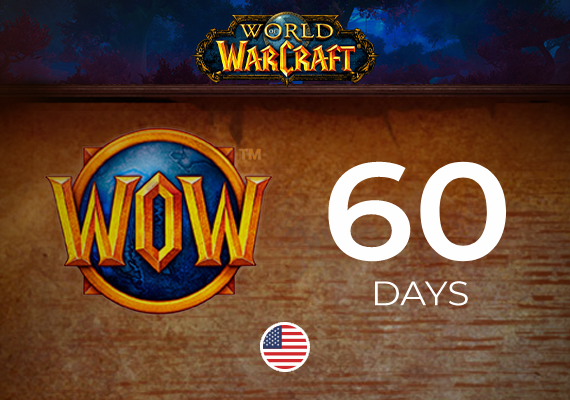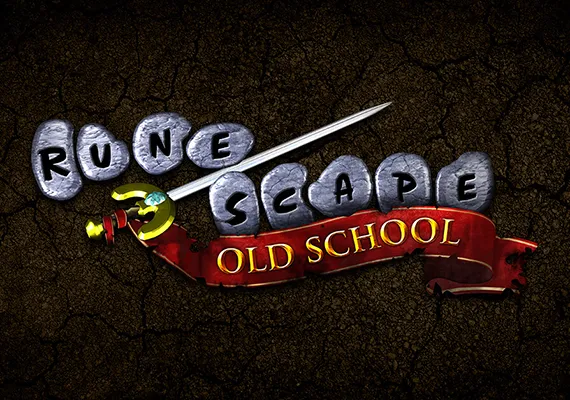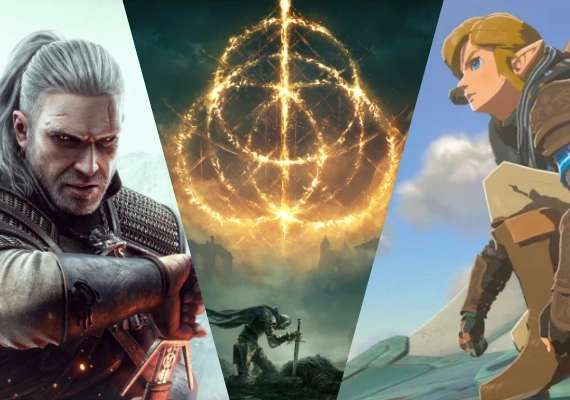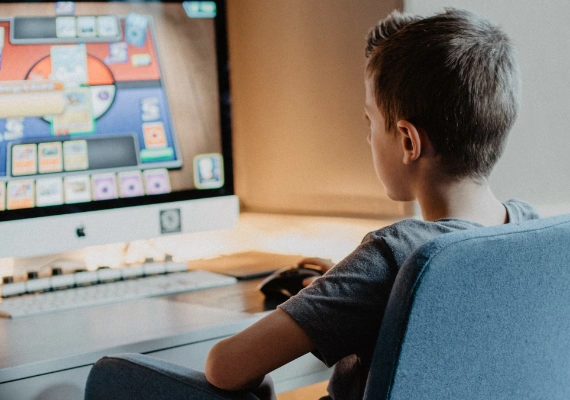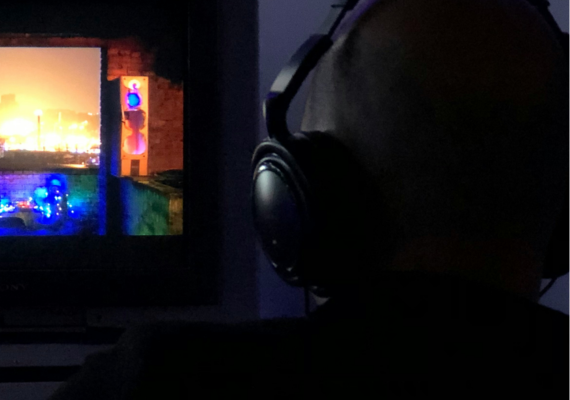The Influence of Film and TV in Video Game Adaptations
_(1).webp)
From Screen to Console: A New Storytelling Frontier
Film and TV have a profound influence on the video gaming industry, often serving as a rich source of content for game developers. When a film or TV show is adapted into a video game, it carries with it a ready-made universe, complete with its own lore, character relationships, and established fan base. This can be a double-edged sword, as the pressure to stay true to the original while creating something new can be immense.
One of the main benefits of such adaptations is the ability to explore narratives and character arcs more deeply. Games like "The Witcher 3: Wild Hunt," which was influenced by both Andrzej Sapkowski’s novels and the accompanying TV series, showcase how video games can expand on story elements and character development in ways that films and series may not have time to explore. Players can spend hundreds of hours exploring worlds and engaging with characters in a much more interactive format than film or TV can provide.
_(1).webp)
Overcoming Adaptation Challenges
Despite the opportunities, adapting films and TV shows into video games comes with significant challenges. One major hurdle is the difference in storytelling methods. Films and TV shows are linear; they are designed to be consumed passively. Games, on the other hand, often require interactive and non-linear storytelling to engage players actively. This necessitates a delicate balance between delivering a narrative and providing an engaging gameplay experience.
For instance, games like "Star Wars: Knights of the Old Republic" have successfully navigated this balance by creating expansive narratives that respect the source material but also introduce new characters and plots that fit within the established universe. The game not only adheres to the lore of Star Wars but also expands upon it, providing a richer experience that complements the movies.
_(1).webp)
Technological Innovations and Cross-Media Storytelling
The interplay between video games, films, and TV is also significantly influenced by technological advancements. With improved graphics and processing power, video games have become visually spectacular experiences that can rival films in terms of cinematic quality. This allows for a more seamless transition between watching the narrative on screen and interacting with it in a game.
Moreover, the narrative techniques used in films and TV, such as camera angles, editing, and sound design, have been adapted to enhance storytelling in video games. This cross-pollination not only improves the narrative depth of games but also makes them more accessible to non-gamers, potentially expanding the audience base.
_(1).webp)
The Future of Video Game Adaptations
As the lines between different media continue to blur, the future of video game adaptations looks promising. The mutual influence of film, TV, and video games has opened up new avenues for storytelling, with each medium contributing to the others in meaningful ways. As technology advances and narrative techniques evolve, we can expect to see even more sophisticated and engaging adaptations that challenge the boundaries of traditional storytelling.
The success of these adaptations hinges not only on technological advancements and creative storytelling but also on a deep respect for the source material. By continuing to explore and innovate within these intersections, creators can deliver experiences that resonate with audiences across all mediums, potentially setting new standards for entertainment in the 21st century.




